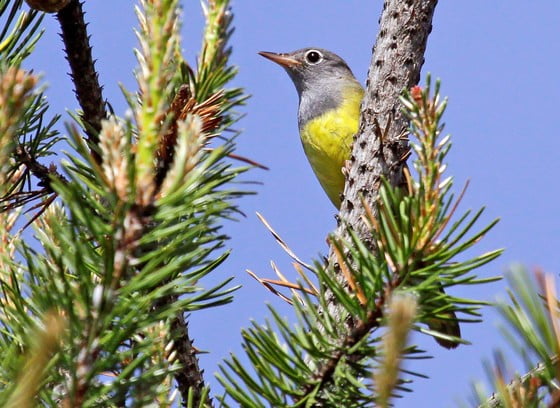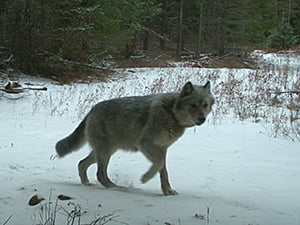
These objectives are to control competing woody vegetation (shrubs and hardwood regeneration) and reduce flammable fuels, such as leaves, pine needles, limbs, etc. that accumulate on the ground and contribute to wildfire hazards.
The decrease in woody vegetation allows native species of grasses and forbs (weeds) to thrive, often resprouting in just a matter of days after a prescribed fire. Not only is the lush new growth excellent forage for many species of wildlife, this herbaceous layer is also very diverse and serves host to different varieties of insects, another primary food source of many wildlife species.
Only portions of any WMA will be burned, thereby providing wildlife with a patchwork of burned verses unburned habitat conditions.
The relatively small (average size of 25 acres) burns will be administered by professional fire managers in strict accordance with state outdoor burning laws and smoke management guidelines. SCDNR fire management personnel closely monitor weather and fuel conditions to maximize results and minimize smoke impacts on adjacent communities. Burns will only be conducted during the daytime hours. Some roads may be impacted for short periods and appropriate signage and/or personnel will be in place for traffic control if needed.

